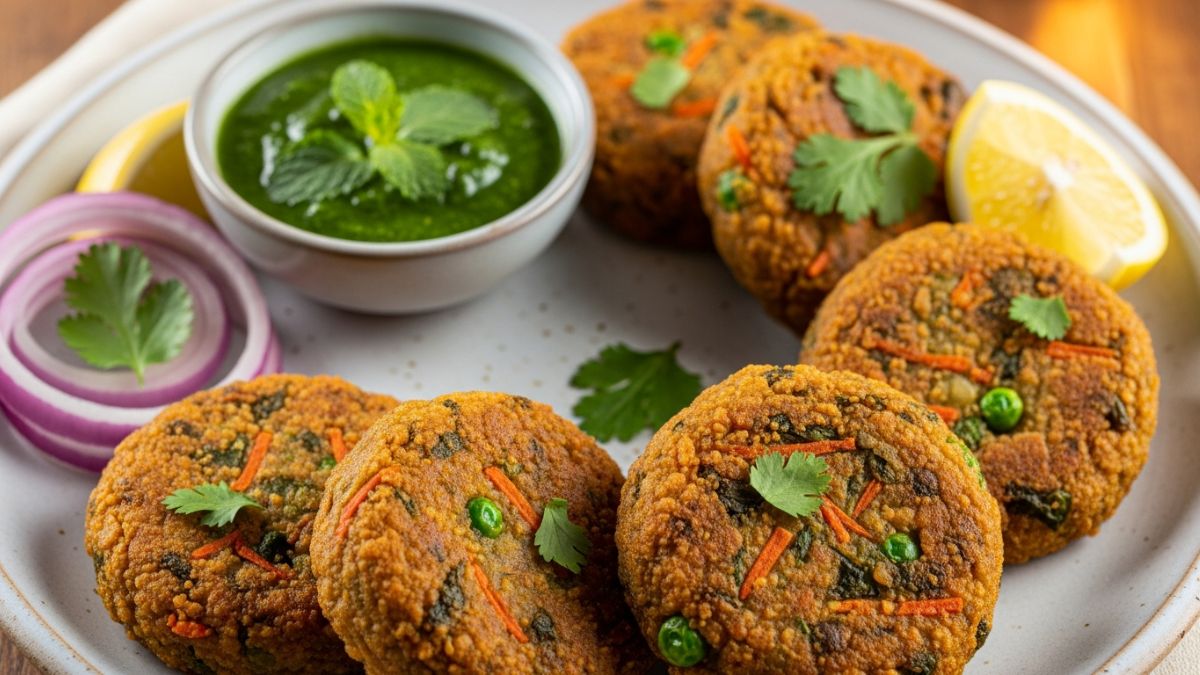(Monsoon Health Guide: Rainproof Your Lifestyle With Right Diet)
He said corneal ulcers was one of the most serious infections during the monsoon. What happens is that the cornea develops an open sore, and if wrongly medicated, it can lead to blindness. "The symptoms include extreme pain, pus discharge and blurred vision. It immediately requires the attention of an eye specialist and treatment should not be delayed" said Kapur.(Eat Healthy, Stay Healthy: 5 Foods to Avoid this Monsoon)
Vishal Dutta, an ophthalmologist at the All India Institute of Medical Sciences (AIIMS), said that during the monsoon, styes were very common and were usually caused due to the bacterial infections.
"Eye stye occurs in the form of a lump on the eyelid. Its symptoms are excruciating pain, pus discharge, redness over eyelids. Its basic treatment is warm and cold compresses at home, eye drops and other medication. But if the size of the lump increases, the patient needs to visit an ophthalmologist," he said.(Quick Tips: Your Essential Skin Care Regime for the Indian Monsoon)
Talking about eye-related hygiene during the monsoon, he said: "One should avoid sharing towels and similar personal items with others, because infections mostly spread through hands, clothes and other commonly touched items."
"If someone at home is down with conjunctivitis, they should wash hands after administering drops as that may lead to the spread of infection. In case of red eye, one should avoid over-the-counter eye drops as they may contain steroids which can be harmful, and instead seek expert advice. Also one should avoid using contact lens during this period. Wearing glasses when travelling helps," he said.
Dutta urged people to always wash hands after coming from outside to prevent any sort of bacteria accumulation. "Try to keep children away from puddles and water-logged areas. Children often like to have fun in or around such places but they are highly bacteria-prone," Dutta said.











